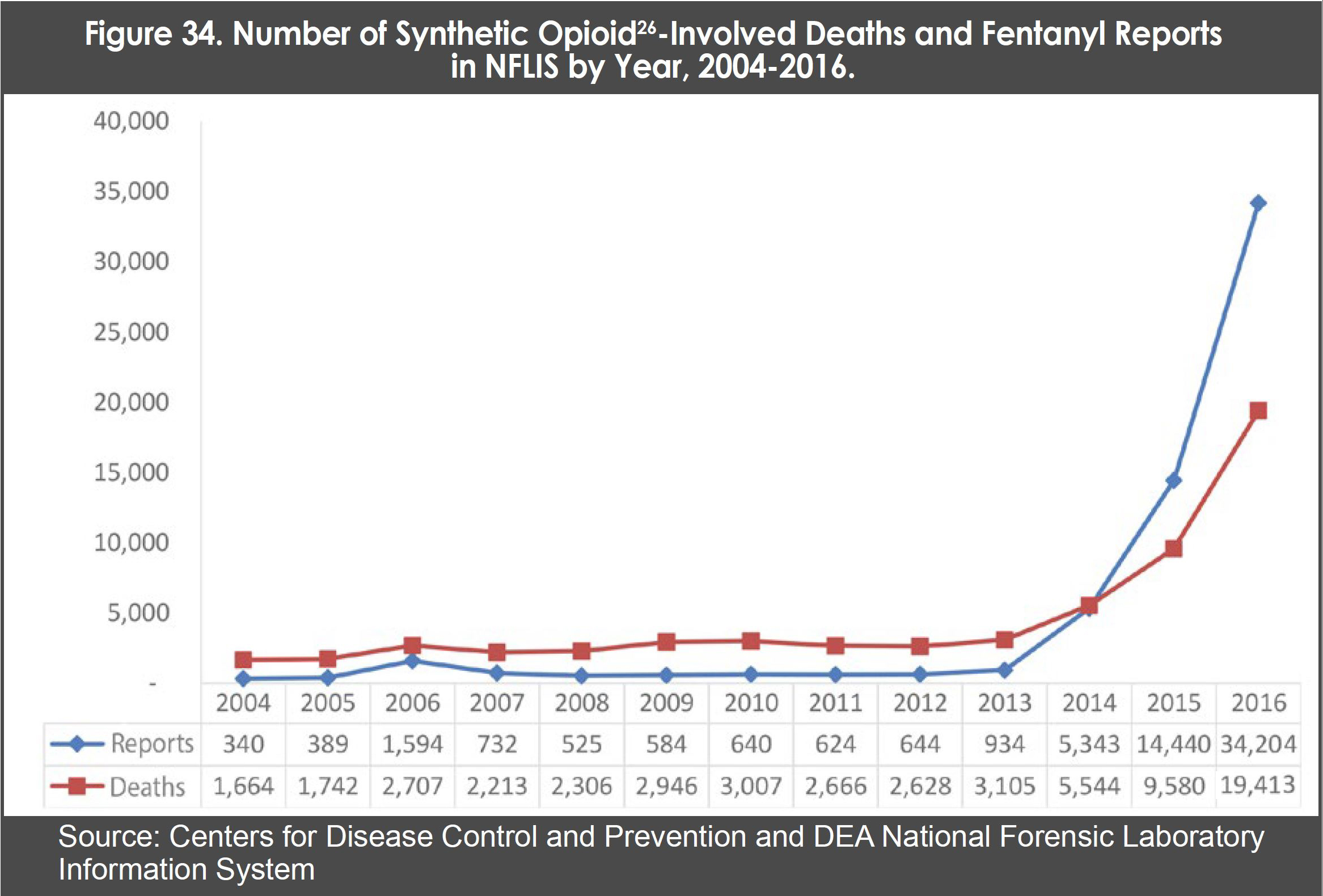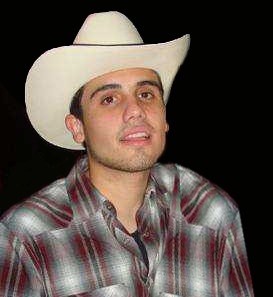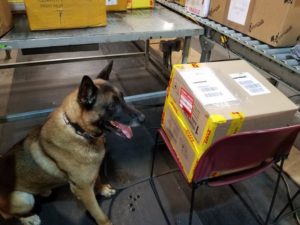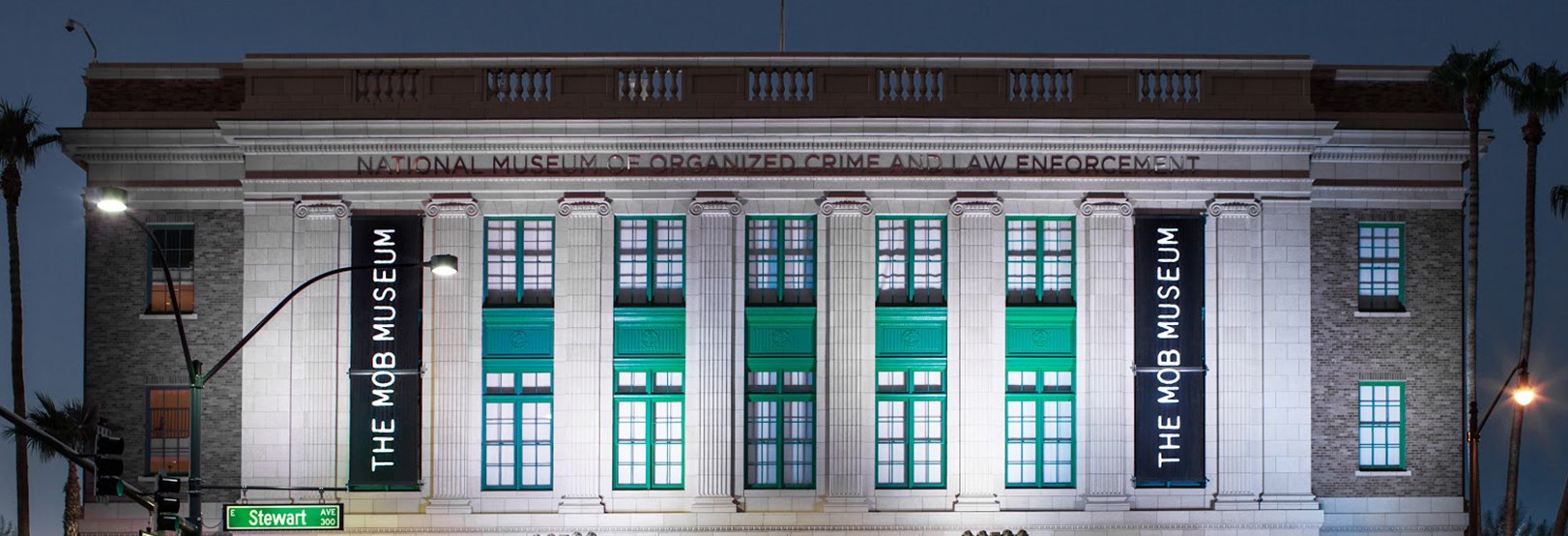
Chinese manufacturers, Mexican cartels are primary sources of deadly opioids
DEA report: Prescription pain killers, fentanyl and heroin are leading causes of injury deaths in the U.S.

Fentanyl and other synthetic opioids smuggled from China and Mexico, heroin from Mexican drug cartels and the misuse of prescription drugs have led to a surge of overdoses in recent years, making drug poisoning the leading cause of injury deaths in the United States. That’s the conclusion of the U.S. Drug Enforcement Administration’s 2018 National Drug Threat Assessment, a comprehensive study of drug abuse that determined drug-induced fatalities “are currently at their highest ever recorded level and, every year since 2011, have outnumbered deaths by firearms, motor vehicle crashes, suicide and homicide.”
The top deadly illicit drug types are controlled prescription drugs, or CPDs, abused or obtained illegally within the country; fentanyl from Chinese manufacturers and trafficked by two major Mexican drug cartels; and heroin distributed primarily by six of Mexico’s cartels.
In total, 174 Americans died each day from drug poisoning of all kinds in 2016, the DEA reported.
More people die from overdosing on CPDs than any other drug in America. Opioids, from prescription to heroin, were responsible for 66 percent of the 64,000 drug fatalities in 2016, or 116 overdoses from opioids per day. One of the reasons for the widespread abuse is the high volume of prescribed opioids to the public. In 2017, clinicians prescribed 12.6 billion units of opioids. And more than 18 million people misused the drugs, mostly as a way to relieve pain.
A national survey cited by the DEA found that 53 percent of those who reported misusing prescribed drugs said they were given or sold them by a friend or relative. Most of the rest said they took them from a friend or relative without asking, received them from a doctor’s prescription or stole them from a doctor’s office, hospital or pharmacy. Only 6 percent reported buying them from a drug dealer. But the DEA also learned that drug traffickers are gaining access to new customers by selling them counterfeit prescription pills containing opiates.
Abuse of CPDs, in particular opioid analgesics such as codeine, morphine, oxycodone and methadone, “has been linked to the largest number of overdose deaths in the United States every year since 2011,” the DEA stated.
Fentanyl is one of several illicit synthetic opioids that, unlike heroin, which is made from a resin in an opium poppy flower pod, is fashioned completely from chemicals, mainly into a powder form. Legitimate factories in China make it as a legal pharmaceutical drug for remedies such as skin patches and lozenges, However, illicit Chinese manufacturers prepare it in larger quantities for the illegal market, for customers seeking a strong pain reliever. Chinese criminals will sell the powder on the Internet, or on the “Dark Web,” and fill orders using the postal service.
Most of the fentanyl entering the United States is smuggled by Mexican cartels, which acquire the goods in a higher level of purity from the Chinese. The Mexican traffickers then sell the fentanyl at low levels of purity on the streets as a powder, pressed into counterfeit prescription pills, or mixed with heroin. Another mixture seen making the rounds is a drug cocktail, mingling fentanyl, other synthetic opioids and heroin, known as “gray death” for its cement-gray color. Police have reported finding “gray death” in states such as Alabama, Indiana, Georgia, Ohio and Pennsylvania.
In 2016, for the first time, deaths in the U.S. from synthetic opioids, including fentanyl, were higher than from any other illegal drug. Deaths linked to fentanyl, according to the Centers for Disease Control and Prevention, leaped from 9,580 in 2015 to 19,413 in 2016, or 103 percent higher in one year. “Synthetic opioids are now involved in more deaths than any other illicit drug,” the DEA reported.
The top distributors of Chinese-made fentanyl into the United State are the Sinaloa and Jalisco New Generation cartels in Mexico, the agency reported.
The DEA described heroin use as a crisis in America, “growing at an alarming rate and the death toll increases each year.”
Deaths from heroin overdoses, including those from the mixing of heroin with fentanyl, have also spiked at an alarming rate. Fatal overdoses grew fivefold from 2010 to 2016, from 3,038 nationwide to 15,469, increasing in nearly all U.S. Census regions and across all demographic groups. Heroin trafficking comes primarily from Mexico’s Sinaloa, Jalisco, Juarez, Gulf, Los Zetas and Beltran-Leyva cartels.
“Mexican [transnational criminal organizations],” the DEA said, “will most likely continue to maintain a dominant influence over the wholesale importation and distribution of cocaine, heroin, marijuana, methamphetamine, and fentanyl in U.S. markets in the near term. No other criminal organization currently possesses a logistical infrastructure that can rival that of Mexican TCOs.”
Allegations of jury misconduct in El Chapo case
A trial by jury is one of the most important legal protections in American jurisprudence. Whether it can protect against the stupidity of the humans assigned to juries is another matter.
Take the jury that served in the three-month trial, in U.S. District Court in New York, of Mexican drug cartel boss Joaquin “El Chapo” Guzman. The panel on February 12 voted unanimously to convict Guzman on all 10 felony counts, agreeing that he engaged in a criminal conspiracy to traffic illegal drugs into the United States, used firearms while dealing drugs and laundered the money.
Guzman, the reputed former head of the Sinaloa cartel and one-time billionaire, faces a mandatory sentence of life – likely in solitary confinement — in federal prison, set to come down at a court hearing on June 25. But a recent interview with a purported ex-juror has raised questions about whether the case will stand. The unnamed juror, quoted in a widely cited, February 20 article in Vice News, revealed troubling actions taken by some on the panel of 12 anonymous jurors and six alternates during the sequestered proceedings in Manhattan.
For one, the jury acted irresponsibly by blatantly disobeying U.S. District Judge Brian Cogan’s oft-expressed instructions not to read press or social media accounts of the trial, nor discuss the case with one another outside the jury room.
About six of the jurors, including the ex-juror cited in the Vice story, were said to have read messages on Twitter about the trial. Some of the tweets concerned matters that Cogan ordered kept from the jury. If they did in fact read the tweets, they could have learned about witness testimony that El Chapo drugged and raped young girls – whom described as his “vitamins” – and reports that the defendant’s lawyer once had an affair with a client.
The jury found the narcotics kingpin guilty of leading conspiracies over a 25-year span, during which he trafficked enormous amounts of cocaine, meth, heroin and cannabis, hired hit men to torture and shoot his chosen victims, ordered a man buried alive, killed two men himself and had the bodies thrown onto a bonfire, and bribed a slew of Mexican federal and state politicians, police, prison guards and military officers.
Still, some jurors expressed pity for Guzman, according to the ex-juror in the Vice article. In a remarkably thickheaded statement, the juror is cited as saying that “(a) lot of people were having difficulty thinking about him being in solitary confinement, because, well, you know, we’re all human beings, people make mistakes, etc. … (and some) talked about whether or not he was going to be in solitary confinement for the rest of his life, because if he was, they wouldn’t feel comfortable finding him guilty.”
Jurors also assigned each other cute nicknames like Crash, Pookie, Doc, Mountain Dew, 666, FeFe and Loco, and talked about “how we should have our own reality TV show, like ‘The Jurors on MTV’ or something like that,” the anonymous juror said, according to Vice.
Guzman’s lawyers, prompted by the quotes from the alleged juror, declared they would file a motion urging Judge Cogan to set aside the February 12 verdict and order a new trial. That seems unlikely at this point, given the high-profile nature of the case, witness testimony and the mountain of evidence logged by the feds against Guzman. However, Judge Cogan could call in each juror to court to answer questions about the alleged misconduct.
Justice Department charges Guzman’s sons in cocaine conspiracy

On February 21, the Justice Department announced a grand jury had indicted Guzman’s two sons, Joaquin Guzman Lopez, 34, and Ovidio Guzman Lopez, 28, who both live in Mexico. Both stand charged with one count of taking part in a conspiracy to distribute cocaine, meth and marijuana from Mexico to the United States from 2008 to 2018. Federal authorities would have to extradite the brothers to the States, a fate suffered by Guzman in early 2017 following his arrest in Mexico.
Drug smugglers tried unique methods at Cincinnati port of entry
Officers of the U.S. Customs and Border Control at the Port of Cincinnati on the Ohio River discovered unusual concealment methods used by smugglers to sneak in

narcotics. On January 4, the CBP took aside two packages that originated in Mexico, headed for Gridley, California, but lacking manifests. Markings on the boxes claimed they held candy. Officers studied X-rays of the boxes and noticed something didn’t look right. They took out some of the candies, unwound the tin foil wrappers and found inside each candy a capsule containing small bags of powdered methamphetamine. Altogether, the candies in the boxes held nine pounds of the drug.
Then on January 24, a CPB Narcotic Detector Dog named “Freddy,” alerted officers about the scent of illegal drugs by sitting beside a container during an inspection of cargo from Canada. An X-ray of the container further raised suspicions and when officers opened it, they discovered a “decorative” gray-colored tombstone made of a resin material. The backing of the tombstone came off easily, and stuffed inside the hollow marker were packages of cocaine.
In recent months, CBP officers at the port have also seized cocaine hidden inside documents, piston heads and wheels.
Feedback or questions? Email blog@themobmuseum.org





